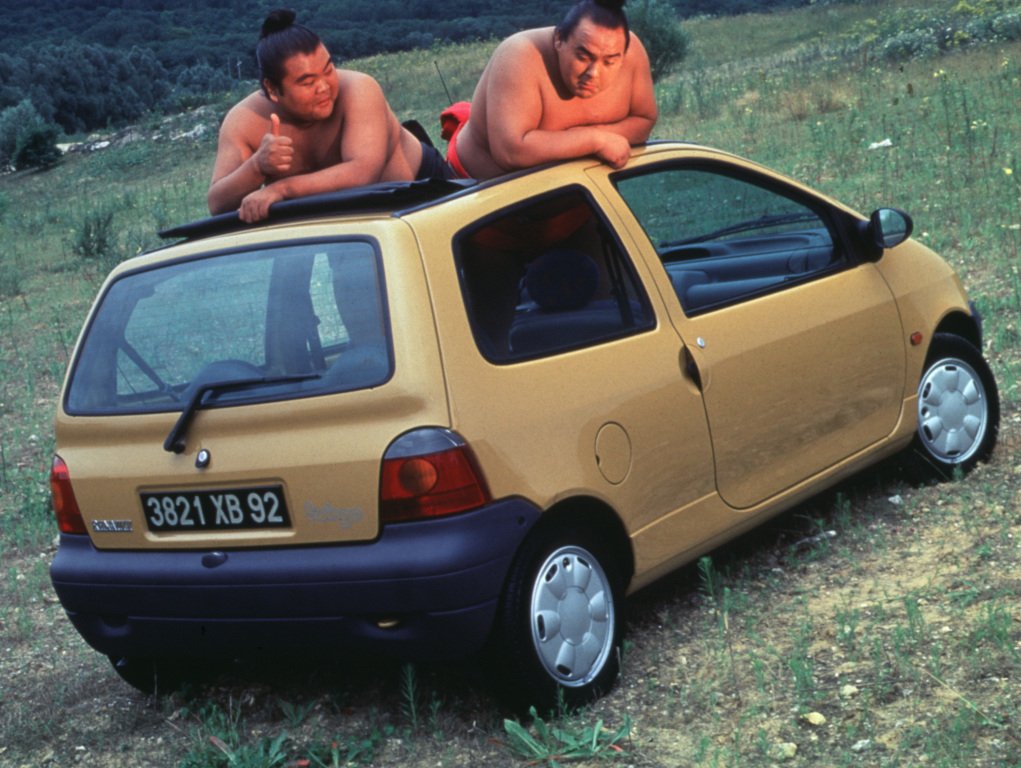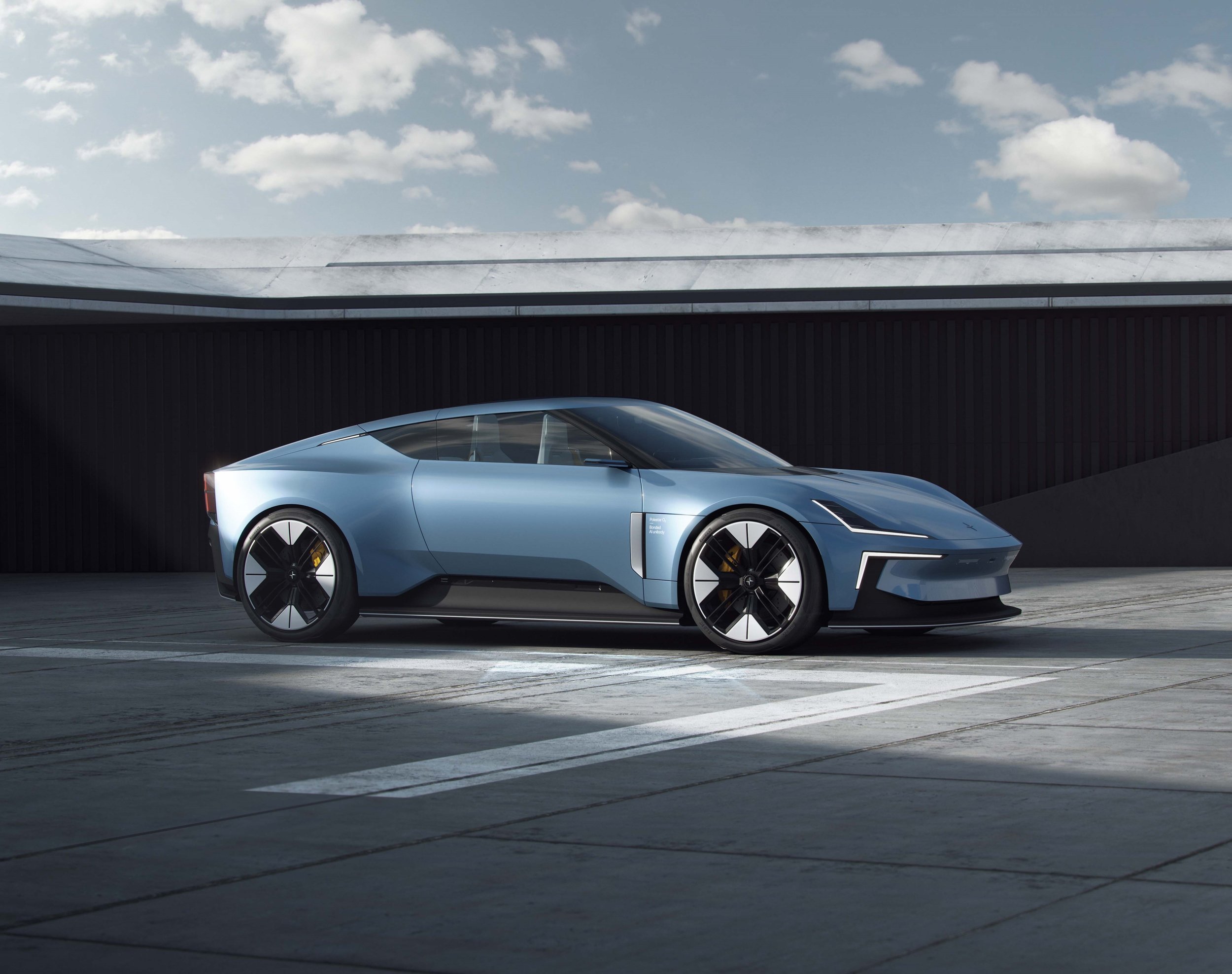The Surge (II) - A French Affair
In this second article on the creation of the Renault Mégane MkII, Patrick le Quément and Christopher Butt jointly tell how the groundwork for this milestone design was laid more than a decade earlier already
Read Part I of The Surge here.
Neither Rome, nor any groundbreaking car designs were ever created in a day.
Upon first glance, the unveiling of the Renault Vel Satis concept car in 1998 might seem to have been the first milestone passed during the creation of the avant-garde Mégane II. Yet the pathway for that journey culminating in the 2002 was paved even earlier - a-decade-and-a-half earlier, to be precise.
Our readiness to enter the arena and propose a head-turning entrant into the conservative medium-sized market was based on preparations that began when I joined the company in late 1987. Although many events that were to take place might probably have been caused by a mysterious alignment of the planets, the persistence of our plans to reposition the image of Renault as an innovative automobile manufacturer frankly could not be classified as good luck. It all happened because of a man named Raymond Lévy, who was thrust into the position of CEO of Renault after his predecessor had been assassinated by a group of bloodthirsty left-wing extremists in 1987. Monsieur Lévy was no car buff, but an expert in clear thinking, and in some way - even though he might be shocked by this description - I felt he came upon the scene like the famous English punk group, The Sex Pistols, did in the mid-seventies with their LP Never Mind the Bollocks, here comes the Sex Pistols. He certainly did rock the boat!
Monsieur Lévy hired me, sending me on an express mission of bringing back innovative concepts to Renault, like those of the original agricultural R4, which was the first production car to offer a tailgate, or the spectacular modularity of the R16’s interior, or the R5, which was the first car to offer integral plastic bumpers, and, just to to throw one last example to the members of the jury: how about the innovative interior of the Espace? What Monsieur Lévy asked me to do was to build a bridge, made up of innovative stepping stones, to cross onto the other side of the river, to the land of plenty and even more. For Renault had no options left but to change, as it had smelt the decaying odour of bankruptcy, just a few years back. At that time, it seemed to have adopted an enduring strategy, which resulted in the famous Régie Renault to lose small amounts of money on each car built, but compensate with high volumes.
In our permanently rewritten world, the story of Twingo is well-known, but not finalised yet. This is in part due to the program director, whose colourful garbs increased in intensity to reach an artistic peak at the launch of the vehicle, still being in the process of writing his own take, tending to embellish his role in the conception of this car, rather than his leading role in the somewhat more forgettable Renault 9 and 11, which were more Soviet-like than French.
Indeed, it is difficult to imagine a greater contrast between two generations of the same type of model than that between the white-good-on-wheels 11 and the Mégane II. Over the two decades separating these two small family cars, Renault hadn’t merely replaced the chief designer, but changed its entire ethos. Mégane II reflected as much, highlighting the role of design in embodying not just fashion, but a mindset. Accordingly, it was the outcome not just of a single design development programme, but of a creative reinvention process that took several years and model cycles.
That Twingo rascal, as the marketing message delivered, was a car that did things like no other. It did not represent an approach applicable for the «we love you all» mid-size market. And so it was that, when we began to tackle the first generation Mégane, we were highly conscious of the stakes involved in launching a model range consisting of seven derivates, including a brand new concept named Scénic.
I admit that we played it safe. We did not dwell on the ever-so-French chord of the Twingo, we did not retain any of the design cues of the Scénic concept car, shielding our model behind the reassurance of the «ever so nice, d’you like it?» five-door hatch. As the French singer Edif Piaf sang: «Non, je ne regrette rien» - I have no regrets, for we sold 2,8 million Scénics and generated huge profits, after all.
In hindsight, this turn of events may be considered ideal, after all. Mégane I, non -confrontational though it was, still sufficiently marked a break from Renault’s recent past as to lend credibility to the company’s pledge to reinvent itself. Yet it didn’t shock or alienate anyone. In the context of Renault’s design revolution, it accordingly was not merely serviceable, but helpful insofar as it proved to be a solid stepping stone from Renault’s unambitious ‘80s fare to the outré Mégane II.
Ultimately, it was Frenchness that we sought, that we studied and cultivated, that we wrote about, that we put forward in all our communications within the company, and which we had already claimed to the outside world for the Twingo launch. Our convictions were based upon the intellectual energy of a few actors of change, such as the strategic thinkers Serge Van Hove and Pascale Siouffi, together with a few Design directors like Antony Grade, Martine Chevillot and Jean-François Venet, as well as certain senior designers, namely the highly talented Fabio Filippini, Milen Milenovich and Florian Thiercellin. We believed that we should defend our cultural origins as an asset and not as a sign of nationalistic atrophy.
This was very much present in the publication of The Renault Design Philosophy. This had been central to the raison d’être of our concept car Initiale, presented first at the Bagatelle Concours D’Elégance in 1995 - incidentally, another concept car drawn by Florian Thiercellin, but transformed into a beauty by Jean-François Venet, also featuring an exquisite interior, designed by none other than Fabio, who drew inspiration for the seats he designed from Charles Eames’s Lounge Chair, at a time when this wasn’t some trite old cliché.
But it was an external publication by the MIT, published in 1991, that provided reinforcement to our cultural positioning and helped convince President Schweitzer that we were on the right path. The Machine that Changed the World written by James Womack, Daniel Jones and Daniel Roos, focused on formidable Toyota and its lean manufacturing. It had the same effect as the asteroid that crashed upon earth, 66 million years ago, killing dinosaurs - only in this case, the study, as well as the book announced the final death of the dinosaurs of the automobile industry. Daniel Jones, whom I had the pleasure to exchange and debate with, wrote on a subject that thrilled us all, in a chapter where he analysed how we Europeans could fight back the onslaught of the Japanese: «One of the strategies offered to European manufacturers will be to develop their uniqueness, even their national specificities, in order not to offer a regrouped target to the Japanese.» Game set and match. This was music to our ears and, as Shakespeare wrote in Twelfth Night: «If music be the food of love, then play on…»
And play on we did, all the way to the Mégane II.
Click here for ‘The Surge’ Part III
Image credits: Patrick le Quément archives, Renault


















Car interior designer who created some of the most significant cabins of all time, most notably the Porsche 928’s